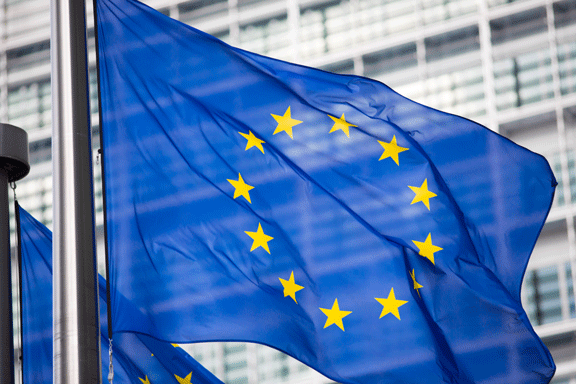Europe’s stock markets remain strangely sanguine despite lackluster growth
The Financial Times reported the eurozone’s economy is growing at the slowest rate since the bloc’s debt crisis seven years ago, according to data published late last week.
Metal prices fluctuate. Key is knowing when and how much to buy with MetalMiner Outlook. Request a free trial.
The Eurozone grew at a quarterly rate of 0.1% in the fourth quarter, its slowest rate of expansion since early 2013.
The largest economy in Europe, Germany, completely flatlined in the fourth quarter, producing zero growth, the Financial Times noted, following a disappointing Q3 in which it achieved only an adjusted 0.2% growth.
Germany is experiencing falling household and government spending, while at the same time industrial production was hit by falling exports (particularly to China).
Industrial production in December showed the biggest monthly fall in almost four years and followed a 1.6% drop in eurozone retail sales in December — the steepest monthly fall for a decade.
Yet stocks rallied this week on the basis that if industrial production is falling, there will be pressure on the European Central Bank for a further rate cut.
The market expectation seems to be negative 0.5% rate may be cut to negative 0.6% in March and bond-buying quantitative easing may be ramped up from €20 million per month to €40 million.
Little weight is being put by the market on the impact of the coronavirus to ongoing Chinese demand, which is expected by economists to impact manufacturing supply chains, exports and travel. Exports of goods to China account for 7% of all German exports, making up 2.8% of national output in 2018, according to IMF figures cited by the Financial Times.
Europe is often discounted in the U.S. as the old world and something of an economic irrelevance in terms of being an engine for growth in the global economy. However, the region contains half a billion mostly middle-class consumers and has a GDP of $18.77 trillion in 2018, compared to the U.S.’s $20.54 trillion, according to the World Bank.
Stagnation in Europe, therefore, represents a huge impediment to global growth, forcing China — in the grip of a coronavirus lockdown— and the U.S. to generate growth this year.
It remains to be seen what growth, if any, China achieves in the first quarter, maybe even in the first half of this year.
Europe is not all doom and gloom.
Germany has the latitude, if not so far any political will, to stimulate growth via infrastructure spending and investment if it wanted to do so. Employment in Europe is also holding up relatively well. A combination of lower oil prices and a slide in the value of the Euro should be a boost for competitiveness among Europe’s exporters this year.
But China remains a major worry, particularly for some sections of the German economy, such as machine tools and autos, which are so reliant on exports, and industries with supply chains heavily dependent on China for component supply.
Request a 30-minute demo of the MetalMiner Insights platform now.
Let’s hope the stock markets’ exuberance is not misplaced and activity picks up this quarter. With so much disruption around, it will be an impressive turnaround if it happens.



Leave a Reply